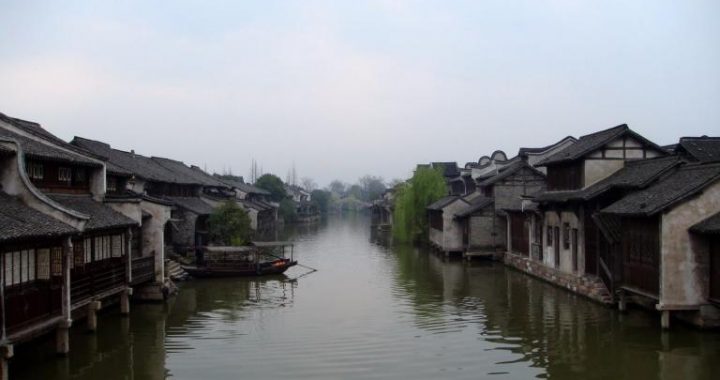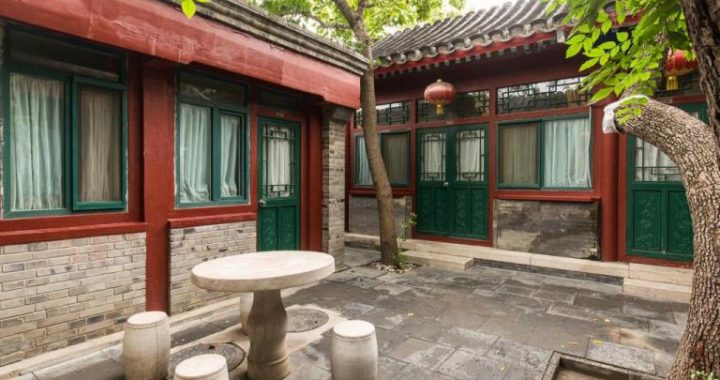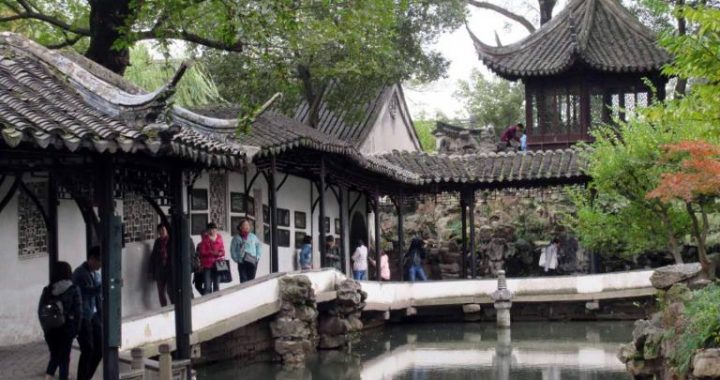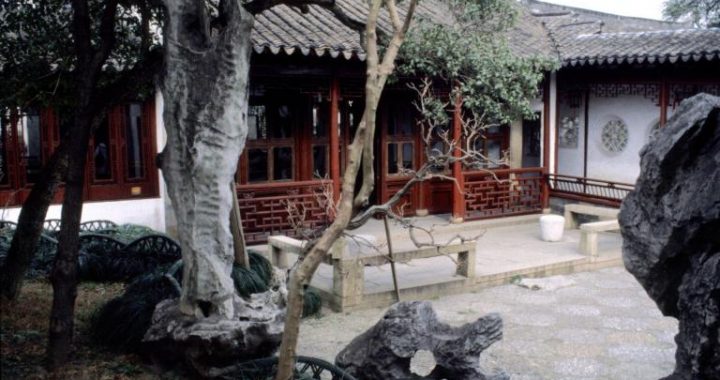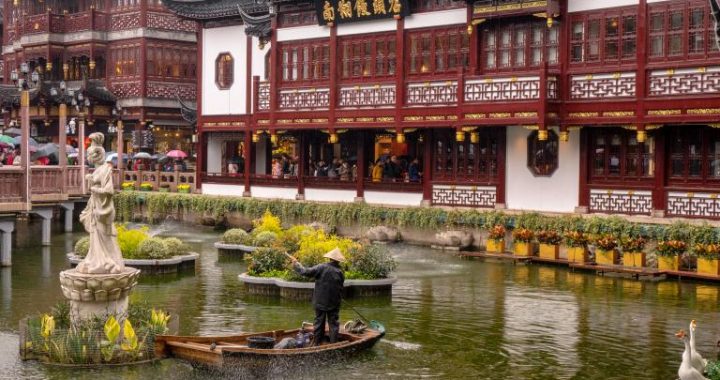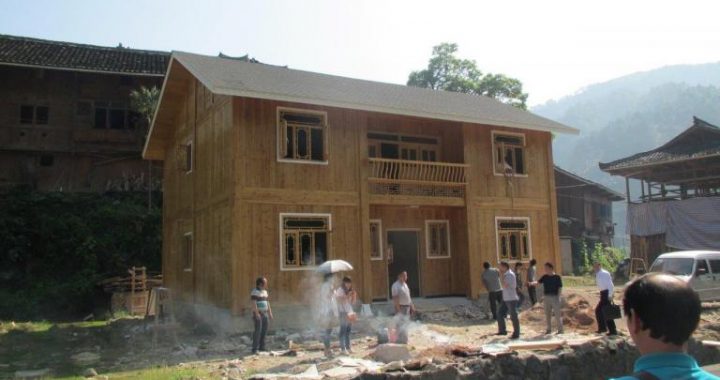Islamic Buildings in ancient China
4 min readChinese Islamic buildings can be classified into two types:one is Hui mosques and imams’tombs(gongbei)all over the country,mostly Han-style buildings rebuilt in view of the needs of Islamic activities;the other is mosques and tombs mainly for Uyghurs(mazar)in Xinjiang.These Islamic buildings are close to Central Asia’s cultural traditions with unique architectural and decorative styles.

Islam spread to China in its peak period-the Zhenguan Period of the TangDynasty(627-649).At that time,maritime trade developed unprecedentedly,forming the”Maritime Silk Road.”Arabian and Persian Muslim merchants became pioneering Muslims in China and left valuable traces of Islamic culture in the coastal region.Among them,the four most famous ancient mosques(the Huaisheng Mosque in Guangzhou,the Shengyou Mosque in Quanzhou,the Phoenix Mosque in Hangzhou and the Xianhe Mosque in Yangzhou)are called”four coastal mosques.”
Early inland Hui mosques directly adopted the style of or were deeply influenced by Central Asian architecture.Later,with the deepening of Han culture’s influence,the techniques,materials,artisans and traditional layouts of Han-style architecture began to be used to create Chinese Huis’Islamic architecture according to the religious thoughts of Islam.
Later mosques mostly adopted the traditional courtyard layout,facing thedirection of the Kaaba in Mecca in the west.When the space for religiousservice was not enough,one or several bays were added behind the central axis.The Huajue Lane Mosque in Xi’an is the most typical example of the multi-courtyard layout.
Restricted by the sizes of wood structures,Chinese-style single Islamic buildings are not large.To contain as many believers as possible,the main hall usually links several buildings in depth along the direction of religious service to form a large space. Thus, several hip roofs are integrated with a main ridge that seems undulating and changeful when seen from the side, forming “joined roofs”particular to Chinese Islamic buildings.

The bangke tower, also called minaret, is a building for summoning believers for religious service and recitation of scriptures and a symbol particular to Islam. The style of the minaret in the Huaisheng Mosque in Guangzhou is special and different from the minarets on the central plains. It is even difficult to find a similar one in Arabian countries. Only the spiral tower in the Great Mosque of Samarra built between 848 and 852 AD is a little similar to it. Because of this special tower, the Huaisheng Mosque is also called the Minaret Mosque.
The main decorations in the main halls of Hui mosques are prominent. For example, the concave walls in the Ox Street Mosque in Beijing are exquisite andmagnificent, the halls, especially the pillars in the main hall and the foliated doorways between pillars, are all red, and the flame arches are carved with scripture texts and covered by crisscrossed layers gold foil, creating the feeling of infinite abundance. It is the earliest northern mosque in history, and has the most magnificent structure.
Uyghurs’ Mosques in Xinjiang
All Uyghurs’ mosques are distributed in Xinjiang. From the 10th century when Islam began to spread in Xinjiang, an Islamic architectural system different from the Hui system was established on the basis of Xinjiang’s old traditional civilian residential architecture.
Though Uyghurs’ mosques have courtyard-style layouts, they are relatively free and flexible without a clear axis. The main part is also the religious service hall rectangular in shape, consisting of the back hall (used in winter) and the front porch(used in summer). Most of these halls have wood structures with multiple pillars or earth structures with vaults. The largest ancient mosque in Xinjiang is the Etgar Mosque located on the Etgar Square in Kashgar. Its religious service hall is a multi-pillar hall with 140 wood pillars inside and can be called China’s No.1 multi-pillar hall. Standing in this hall, people are naturally reminded of the highest example of multi-pillar halls -the Great Mosque of Cordoba in Spain.
The great gate is the entrance and exit of a mosque and an important symbol. The setup of the great gate shows the rank and status of a Uyghurs’mosque. The commonest form is a screen wall between two tall minarets with concave pointed arches in the fa ? ade of the wall and huge solid door leaves, similar to screen doors in halls prevalent in Iran.
Abundance of decorations is a characteristic of all Islamic buildings.The magnificent Alhambra in Granada,Spain is amazing,while the decorative patterns and colors in Uyghurs’mosques in Xinjiang are extremely abundant.

